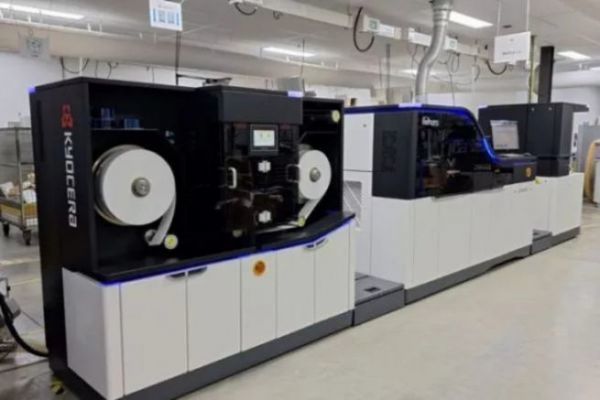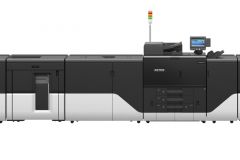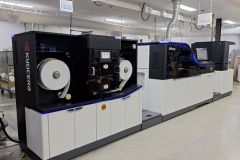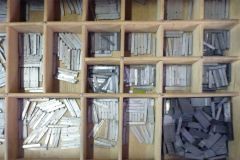After an initial presentation at Drupa 2024, Belharra officially arrives on the European market. This photo inkjet printer was developed by Kyocera Nixka (Knis), based in Aubagne (Bouches-du-Rhône) and a subsidiary of Japan's Kyocera since 2023.
The Belharra system, installed on a trial basis at Photoweb, was designed in dialogue with market players in both photo production and finishing. The idea, according to Kyocera Nixka, was to build a one-machine, one-platform solution "robust, user-friendly and able to supply "quality, regularity and flexibility".
The ecological argument against the silver process
Kyocera Nixka also highlights the environmental benefits of the Belharra system. The printer uses aqueous inks and operates with optimized energy consumption. It also generates little waste compared with the silver process, which involves chemical baths and complex effluent management.
A life-cycle analysis (LCA) commissioned by Photoweb concluded that the environmental impact per printed photo was reduced by an average of 60% compared with a conventional silver line.
Technically speaking, high-volume photo presses allow up to 35 million prints a year, with a rendering equivalent to silver halide.
The machine is equipped with a finishing module for cutting and sorting inline prints, a key feature for high-volume e-commerce platforms.
A satisfied Grenoble beta-tester
Photoweb, a Grenoble-based company specializing in online photo printing, was the first to install and operate the system in its workshops. Feedback from this beta phase "validates both the performance and reliability of our technology in a real production environment" said Rémy Mendil, Product and Marketing Manager at Kyocera Nixka.
"The arrival of this new printing process marks a historic turning point not only for our company, but for the entire industry" said Laurent Boidi, Photoweb's Managing Director.
Belharra is now available to order for European sites. Commercial expansion to North America and Asia-Pacific is scheduled for the fourth quarter of 2025.








